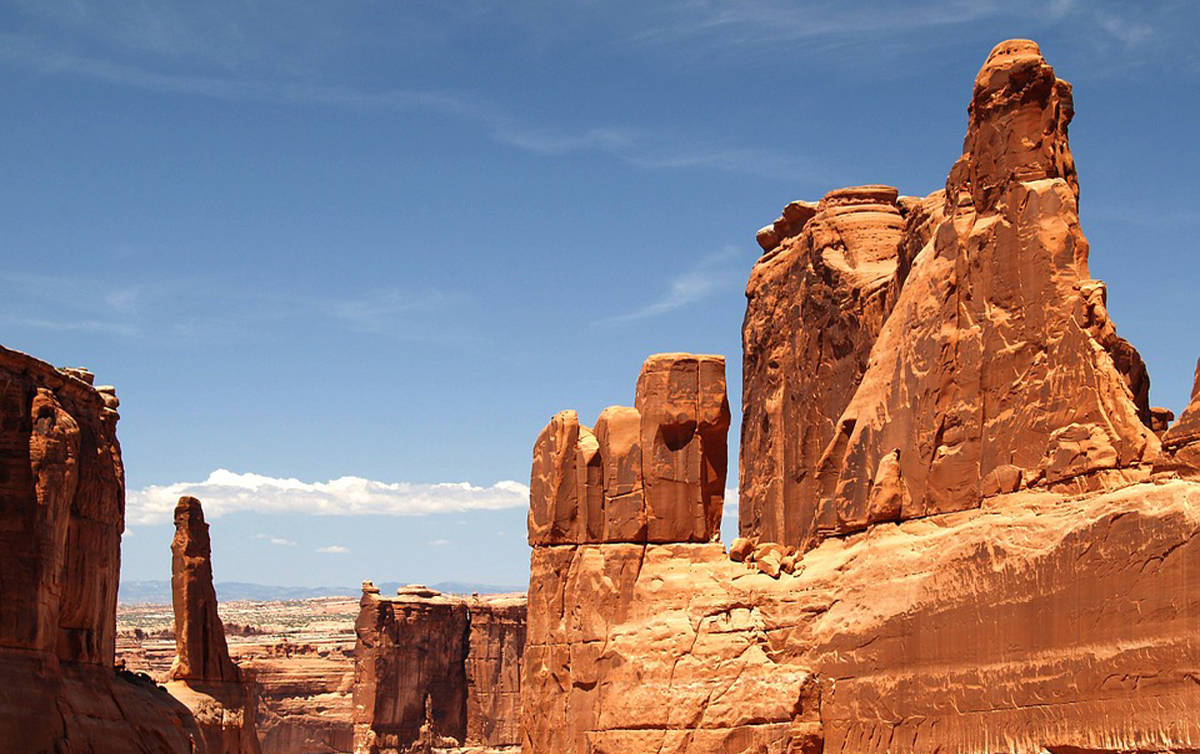
A new National Park Service shows the economic impact of Utah national parks in 2016. The report shows that 14,409,742 visitors to national parks in Utah spent more than $1 billion in the state in 2016. That record visitation and spending supported 17,914 jobs and had a cumulative benefit to the state economy of $1,597,500,000. The results represent a 25.5 percent increase in visitor spending and 21.2 percent rise in visitation over 2015.
“From Arches to Zion, the 13 national park units of Utah attract visitors from within the state, across the country, and around the world,” said National Park Service Intermountain Region director Sue Masica. “Whether they are out for a weekend, a school field trip, or a month-long vacation, visitors come to have a great experience and end up spending some money along the way. This new report also shows that national park tourism is a significant driver in the national economy — returning $10 for every $1 invested in the Park Service — and a big factor in Utah’s economy. That’s a result we can all support.”
The most visited national parks in Utah in 2016 included five with more than 1 million visitors each: Zion (4,295,147), Glen Canyon (3,239,525), and Bryce Canyon (2,365,111), Arches (1,585,719), and Capitol Reef (1,064,904) national parks. Utah’s other eight National Park Service units include Canyonlands National Park, and Golden Spike National Historic Site , and Cedar Breaks, Dinosaur, Hovenweep, Natural Bridges, Rainbow Bridge, and Timpanogos Cave national monuments.
The peer-reviewed visitor spending analysis was conducted by economists Catherine Cullinane Thomas of the U.S. Geological Survey and Lynne Koontz of the National Park Service. The report shows $18.4 billion of direct spending by 331 million park visitors in communities within 60 miles of a national park. This spending supported 318,000 jobs nationally with 271,544 of the jobs in those park gateway communities. The cumulative benefit to the U.S. economy was $34.9 billion.
According to the 2016 report, park visitor spending, by percentage, was for lodging (31.2 percent), food and beverages (27.2), gas and oil (11.7), admissions and fees (10.2), souvenirs and other expenses (9.7), local transportation (7.4), and camping fees (2.5).
The report’s authors this year produced an interactive tool. Users can explore current year visitor spending, jobs, labor income, value added, and output effects by sector for national, state, and local economies. Users can also view year-by-year trend data. The interactive tool and report are available at the NPS Social Science Program webpage. This report includes information for visitor spending by park and by state.
More information about national parks in Utah is available online.
Articles related to “Report illustrates economic impact of Utah national parks in 2016”
Oversexed endangered condor pair in Zion National Park making tourists uncomfortable
A condor dies in Zion National Park and we’re supposed to stop using lead ammunition?



